
Kindergarten Interviews:
Getting to know your new students and learning what their strengths and needs are.
The Kindergarten Interview takes place that first week back where you meet some new little faces and their parents. Each interview is about 30 minutes. There have been many opinions on what to do with that first interview with your new Kindergarten students. I have been a teacher for over 20 years and continue to refine what works and what doesn’t work. What’s effective and what isn’t. I’m going to share with you how I do an interview as well as give you the step-by-step guide to complete as you are working with your new student. Included in our TPT bundle are all the handouts I give to the parents that can be used as a guide as they work with their kids at home. I invite parents to come into the interview because it begins the process of building a relationship with them, as well as ensures that you are confident in doing what you are doing. Parents are the biggest advocates for their children. Building teamwork is essential in having a productive year and gaining support for your program.
There is always a stigma when it comes to receiving any type of therapy work. In Kindergarten, three types of therapy are available, speech, occupational, and physical. In many cases it is a free service and honestly, any support to help your child thrive and grow stronger, why wouldn’t you receive it. Encourage the parents today that as you preform the many different activities with their child that the activities are important because it will indicate any possible needs or supports their child may need. Today’s interview will guide you as their teacher as to what you need to put in place for their child to have a successful year and continue to grow as a learner. Reassure the parents that if their child becomes a candidate for support, that it is nothing they have done or not done. Every child develops differently and that is ok.
Step One – OT (Fine Motor) Observations
At the beginning I will welcome the child and their parents and introduce myself. I
explain to the parents that I will be working with their child and speaking to them as well
throughout the interview. Any paperwork that needs to be filled out will be given to the
parents at this time and they are welcome to begin filling it out as I work with their child.
I also mention to the parents that the activities I will be doing with their child give me
direction and knowledge on their child’s abilities. There is one important rule, I want to
see what their child can do. Remind the parents that there are no helpful hints.
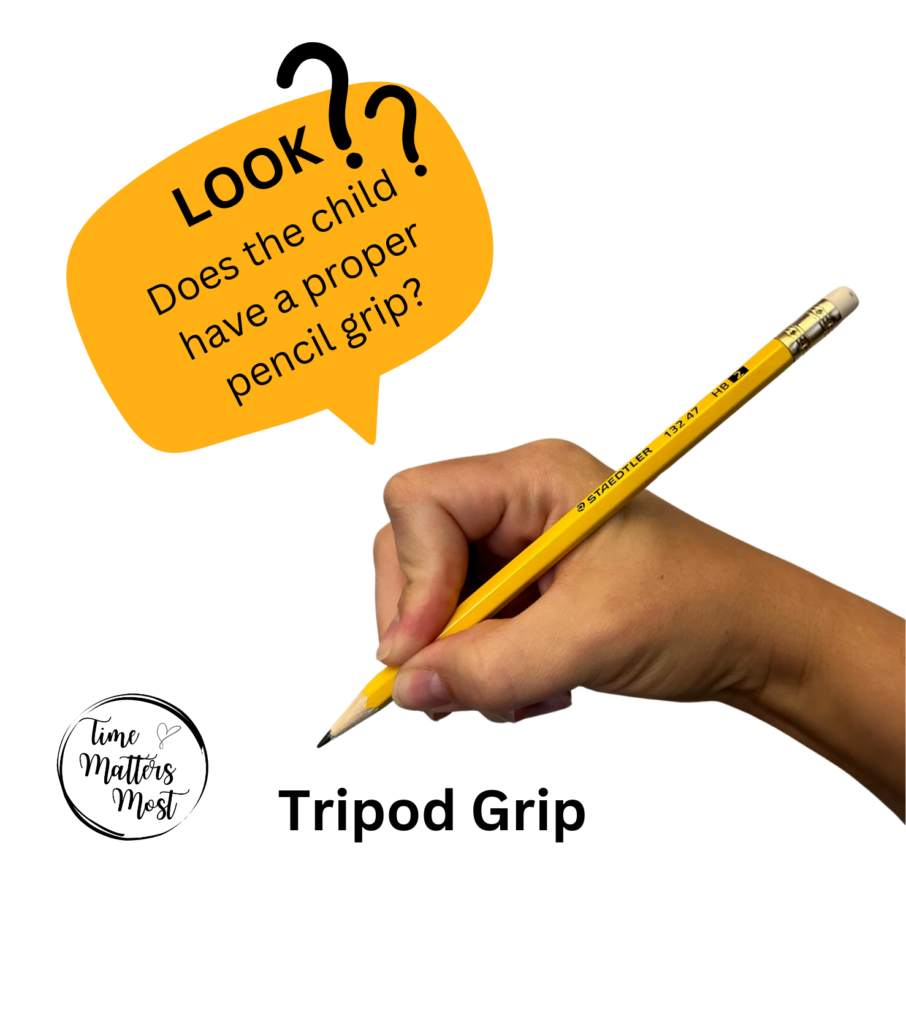
OT Section (Pencil Grip):
1. Ask the student to print their name on the activity called My First Day of Kindergarten. Make sure you are watching their pencil grip.
2. Ask your student to draw a picture of themselves in the rectangular box. They can color it once they are done drawing it with a pencil. Have a look at their pencil grip again.
3. Make a note, if anything doesn’t look right. Are they left-handed or right-handed?
While the student is drawing themself on the My First Day of Kindergarten page, you will begin to have a conversation with the parents. Complete the “Speak to Parents” section. Begin by asking the parents about indoor shoes. Explain to the parents that their child should be able to independently put their shoes on. Continue speaking to your program and check off as you share or gather information.
Model to the child what the expectations are for coloring in kindergarten. Have a demo page available and show them how you color in the frame and how you would not color in the frame. Invite them to get their favorite color and color in five loops on the frame. Watching their grip again. Add any notes that you observed. Modelling is super important because you are sharing your expectations right from the beginning. I would say the words, “slow and steady” and “the black lines are your border, and the challenge is to stay in those lines”. Feel free to use this phrasing or use your own. I use this same language all year in class as we complete any activity by having the kids chant after me. “Do my BEST, all the time, slow and steady.”
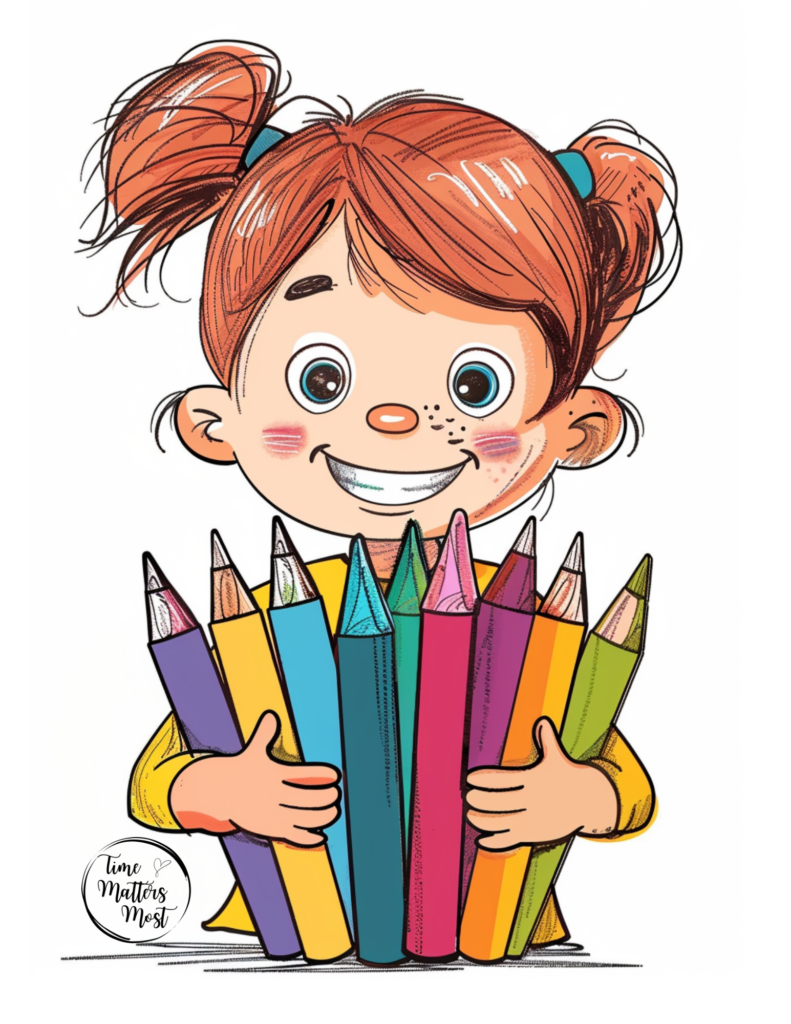
Once the activity is complete, take the time to explain to the parents and child about proper pencil grip. I like to tell the story of when two parents are driving in a van they are in the front seat. The kids don’t climb on top of them. They sit in the back seat to be safe. If they use the middle finger for support, that is ok. I then comment on the
pencil grip I have noticed currently. I also give a handout to the parents on what good pencil grip looks like.
Have the student choose their favorite path to trace with the pencil. Making any important observations. While the child is busy doing this, ask the parents if there is anything you should know about their son/daughter? Any concerns?
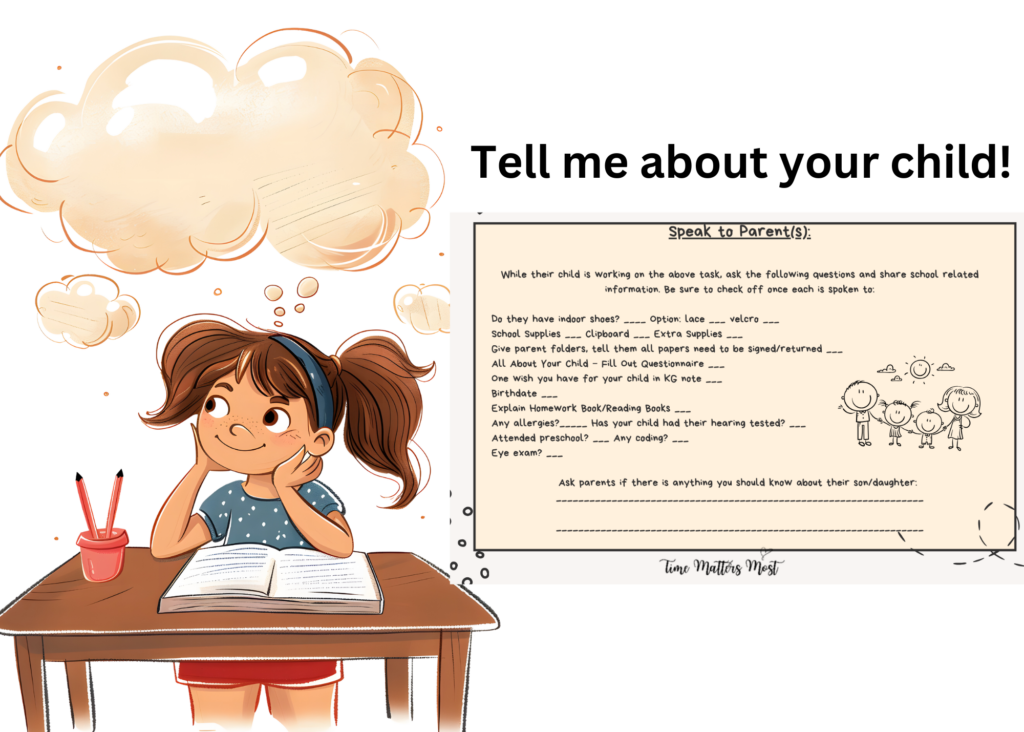
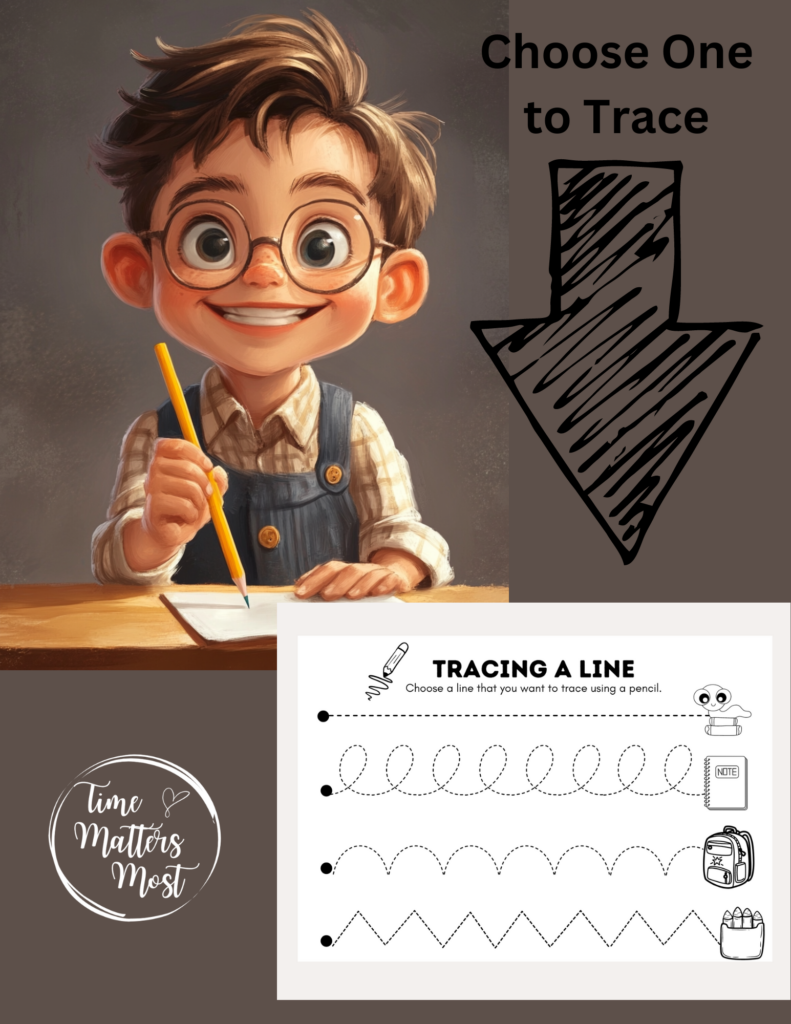
Step 2 – SLP (Speech) Observations
The next activity is about comprehension, sentence phrasing, and understanding. This activity is important because you will listen to their vocabulary, their words, their reasoning, background knowledge, and their working memory. Show 4 silly pictures and ask the student what is wrong in each picture.
Ask your student if they know the letters in their name. Have them sing the alphabet song. Lastly, have them repeat words back to you. Common speech errors will present itself at this time. Use as many of the listed words as you would like. Put a check mark if they say the word correctly. If your student says them incorrectly, write down what they said. Encourage your student every step of the way.

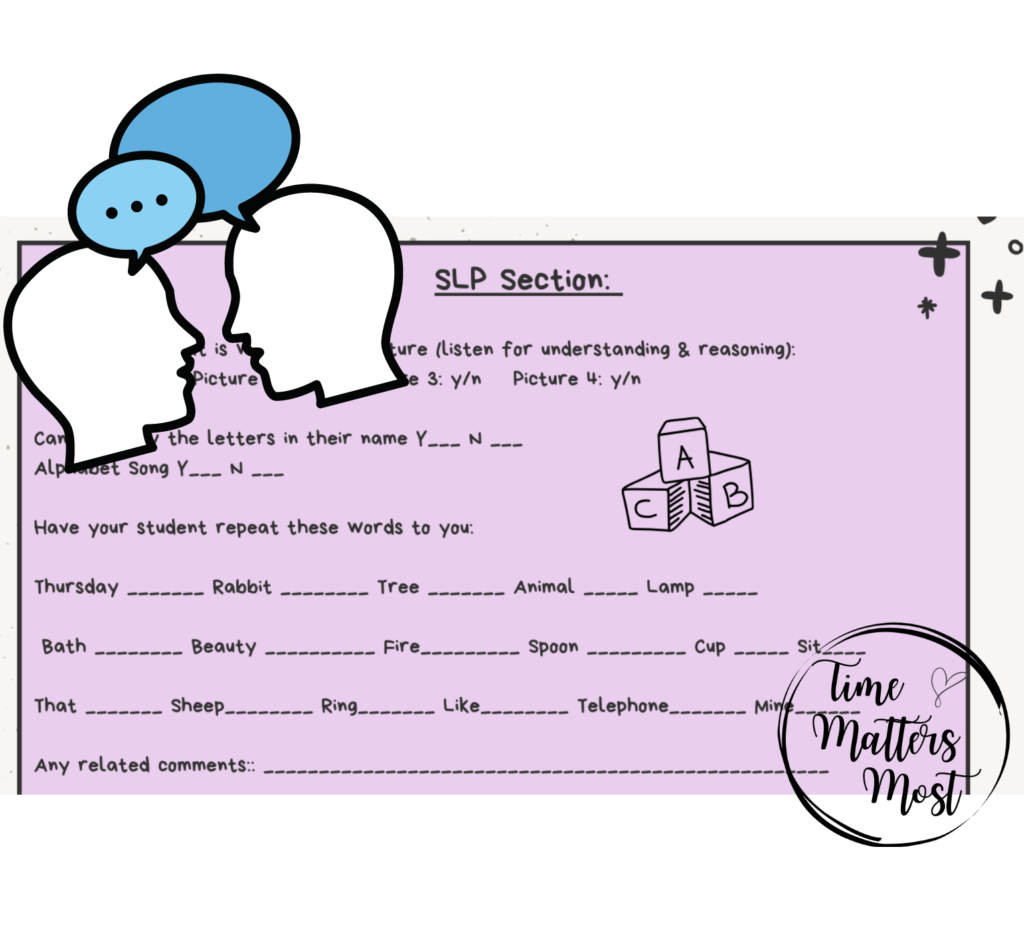

Step 3 – Balance (Physical Therapy) Observations
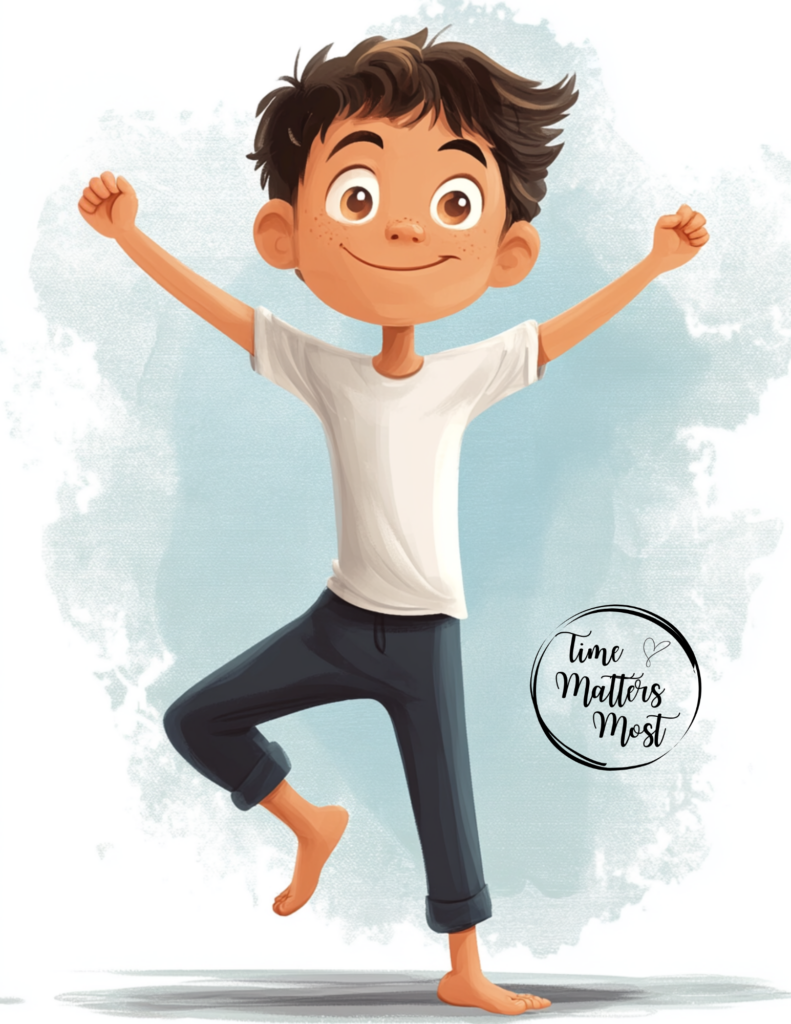
This will give you a glimpse of their physical abilities.
How is their strength?
Movement?
Coordination?
Balance?
Step 4 – More OT (fine motor) Observations
This next activity, you will observe how the child’s cutting skills are? Give your student the handout and have them cut whichever line they would like. Give the parents a handout on proper scissor cutting skills. Put a checkmark if your student can do this independently or make a note on what you are seeing.
Step 5 – Background Knowledge and Wrap Up
Continue testing and discover what background knowledge your student knows. Use our color printout, shapes printout, and number printout for this portion of the interview. Ask the student to count by 1s. See how high they can go!
Take a photo of the student.
Give them their welcome bag. Remind them how each item in the bag means something very important on how to take care of your Kindergarten family. Tell the parents that they can read the story as their child takes out the items.
Make sure the parents take any handouts with them now and ensure the student has their welcome bag.

Show the parents and child where they will line up in the morning and where they will be picked up. The interview is complete. Thank the parents for coming in and thank their child for all the hard work they did. Tell the child how excited you are for them to join your Kindergarten family.

